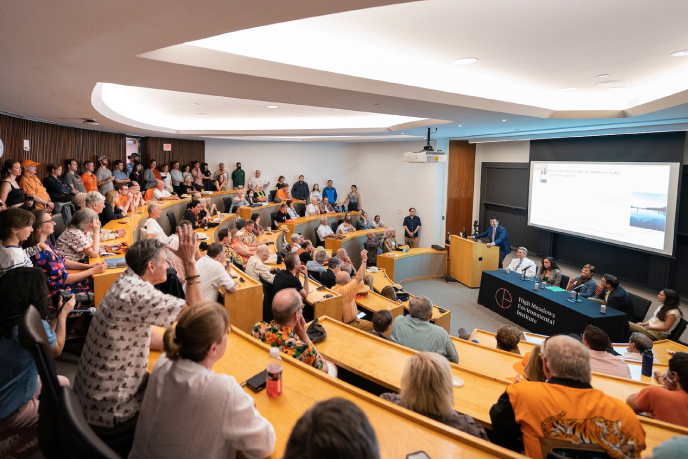Innovations in Building Intelligent Cities
Cities. They sprawl and tangle, juxtaposing ancient public squares and glistening skyscrapers. They provide homes for half of humanity, and economic and cultural centers for the rest.
It has taken us thousands of years to build today’s urban centers, and yet, they’re expected to double in land-area in just the next few decades. “Half the urban infrastructure we will be using in 2050 has not yet been built,” said Elie Bou-Zeid, an associate professor of civil and environmental engineering at Princeton.
Though this growth is inevitable, the way these cities will expand is not. Rather than repeat the sprawling and uncoordinated development patterns of the past, researchers like Bou-Zeid and others in Princeton’s School of Engineering and Applied Science are exploring new ways to build urban infrastructures to serve our growing population, changing civilization and warming planet.
These intelligent cities will require buildings that heat and cool themselves on a limited energy budget. They’ll require bridges and other infrastructure built with the flexibility to adapt to a changing global climate and rising sea levels. And they’ll require innovations in the networks that supply cities with water and energy. These ideas — from new building materials to continent-spanning electrical grids — have the potential to shift urban development away from the present-day jumble of strip malls, suburbs and shantytowns toward the resilient cities of the future.




